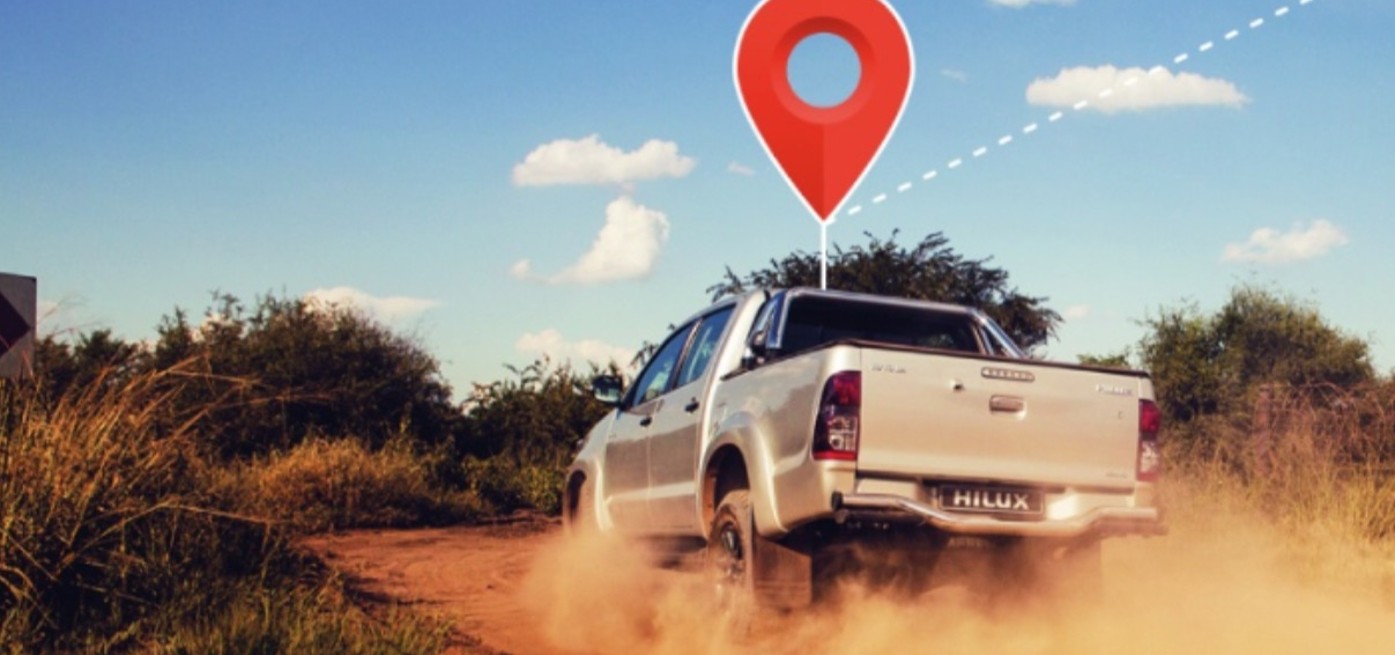
How to Block Drones with a Drone Jammer
In an age where the sky is dotted with drones, the importance of drone jammers has never been more significant. From commercial deliveries to personal

Unmanned aerial vehicles (UAVs), commonly known as drones, have become increasingly prevalent in various industries and applications. However, their widespread use has also raised concerns regarding privacy, security, and safety. To address these concerns, drone interference systems have emerged as a crucial tool in tracking, monitoring, and disrupting UAV operations. This article delves into the primary means of drone interference systems, focusing on the utilization of radio detection and interference signal technology. While this technology offers promising capabilities, it also presents challenges such as high power consumption and potential blind spots, hindering the achievement of ideal countermeasures.
Radio detection and interference signal technology serve as the cornerstone of drone interference systems. By leveraging this technology, UAVs can be tracked, monitored, and disrupted effectively. However, it is important to note that the implementation of this technology comes with certain limitations.
One of the key challenges associated with utilizing radio detection and interference signal technology is the significant power consumption it entails. The use of this technology requires substantial energy, which can limit the operational endurance of the interference system. Additionally, certain areas may experience blind spots, where the effectiveness of the countermeasures is compromised. Overcoming these limitations is crucial to achieving optimal results in countering UAVs.
In addition to radio detection and interference signal technology, infrared technology also plays a significant role in countering drones. This technology enables the capturing of images and collection of evidence, facilitating the implementation of anti-drone measures. However, it is important to acknowledge that infrared technology is highly influenced by environmental factors and visibility conditions. Consequently, accurately measuring the distance of UAVs using infrared technology becomes challenging.
Wireless information technology offers a high level of detection capability when it comes to UAVs. This technology enables efficient tracking and monitoring of drones. However, it is worth noting that wireless information technology imposes stringent environmental requirements for optimal performance. Ensuring the appropriate environmental conditions is essential to maximize the effectiveness of this technology in countering UAVs.
Drone interference systems heavily rely on radio detection and interference signal technology as the primary means of countering unmanned aerial vehicles. While this technology offers promising capabilities in tracking, monitoring, and disrupting drones, it also presents challenges such as high power consumption and potential blind spots. Additionally, the utilization of infrared technology and wireless information technology further enhances the effectiveness of drone interference systems. However, these technologies also face limitations, such as environmental influences and specific operational requirements. By addressing these challenges and exploring the potential of these technologies, advancements can be made in countering UAVs and ensuring privacy, security, and safety in various domains.
Our frequency checker tool will help you check all frequency bands used in all country.

In an age where the sky is dotted with drones, the importance of drone jammers has never been more significant. From commercial deliveries to personal

Protect your vehicle’s location privacy with a professional guide on GPS jammers. From selection to legal considerations and installation tips, we’ve got you covered. Key

Here’s a step by step guide on how to build your own GPS jammer. Below are the main steps we are going to introduce in

Understanding Signal Blocker: How It Works and Its Applications Signal Blockers are devices that can disrupt mobile phone signals, preventing them from connecting to base

The Application and Benefits of High-Power Signal Jammers Enhancing Signal Blocking Efficiency in Various Environments In today’s technologically advanced world, the need for effective signal

Considerations for Purchasing Exam Room Signal Jammers Ensuring Effective Signal Jamming for Exam Integrity As the year approaches its end, many schools are preparing for

The Importance of Monitoring and Signal Interference Measures During Examinations During examination periods, it is crucial to closely monitor the examination venues and their surrounding

Selecting the Appropriate Cell Phone Jammer for Theaters and Auditoriums Overcoming Challenges in Installation and Maximizing Signal Disruption The Importance of Cell Phone Jamming in

Remote Control of Cell Phone Jammers via Smartphone: A Possibility? With the rapid development of the Internet of Things (IoT), numerous smart home devices have

Supplying high quality signal jamming devices since 2010. The only jammer store you can trust.
Jammer Master © 2024. Premium Signal Jammer Supplier Since 2010.